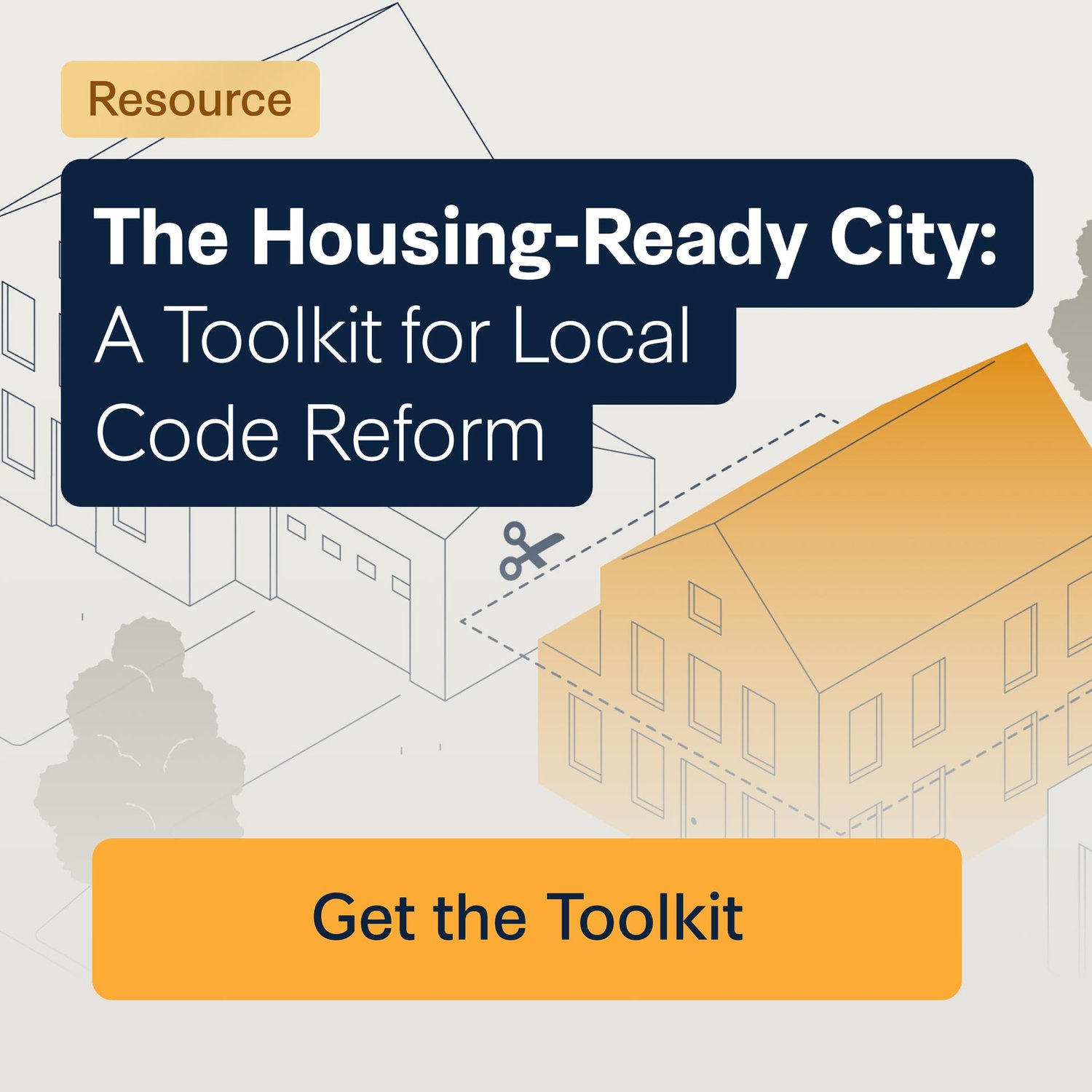Dallas Just Made It Easier to Build the Housing It Desperately Needs
Dallas just cleared a major hurdle for small-scale housing.
For years, anyone who wanted to build a triplex, fourplex, or courtyard apartment was forced to follow the same strict building standards as massive high-rise complexes. That meant higher costs, longer timelines, and complicated approvals, even for projects with just a handful of homes. The result? Many builders simply walked away.
That’s no longer the case. Last week, the Dallas City Council unanimously approved an update to the city’s residential development ordinance, allowing buildings with up to eight dwelling units to be built under the simpler, less costly residential code. Previously, any project with three or more units was subject to the International Building Code (IBC), which governs large commercial developments.
“Our code today treats a four-plex the same as a 200-unit apartment building,” said Councilmember Paul Ridley. “That doesn't make sense. It drives up construction costs and discourages the kinds of housing we say we want in Dallas.”
The change is a win for what planners and housing advocates call “missing middle” housing—duplexes, triplexes, fourplexes, cottage courts, and other small-scale multi-unit buildings that fill the gap between single-family homes and large apartment complexes. These housing types, once common in American cities, have become rare thanks to outdated zoning and building codes that favor either very large or very small developments—and make almost everything in between financially unworkable.
Ridley, who helped spearhead the reform, called the update a “transformative step” in aligning city policy with the goals of ForwardDallas 2.0, a land use plan that prioritizes more housing choices, walkability, and affordability. He said the ordinance will help remove one of the biggest barriers to building “townhomes or multi-plex homes, without being penalized by an outdated code.”
An example of a multi-unit home that from the outside, would be indistinguishable from any other single story single-family home on the block. This home belongs to incremental developer, Monte Anderson.
Under the new rules, buildings covered by the residential code can include up to eight units, reach three stories in height, and be up to 7,500 square feet in total. Those parameters are generous enough to allow for a variety of configurations—from stacked flats to rowhouses—while keeping construction requirements manageable for smaller developers.
The Dallas Builders Association and the Dallas Housing Coalition both supported the ordinance. Councilmember Chad West, another strong advocate for the change, described it as a “modernization of a regulatory burden on the housing industry,” and pointed to similar reforms in cities like Memphis and Austin that have helped unlock new housing types.
“[Dallas] needs every tool possible to address our affordable housing crisis,” West said.
The ordinance will go into effect 30 days after adoption, and while it won’t solve the city’s housing shortage on its own, it removes a major hurdle that has long stood in the way of low-cost, human-scale housing. By making it easier for builders to add a few more homes to a lot, Dallas is signaling a shift toward more flexible—and more realistic—approaches to growth.
Dallas is the latest in a growing number of cities making overdue, common-sense changes to outdated residential codes—opening the door to practical, attainable housing options. These reforms don’t just happen; they start with local leaders willing to ask hard questions and champion better solutions.
🏛️ The Housing-Ready Toolkit is designed to help you identify these opportunities in your own community—and lead the way toward a more resilient housing future.







